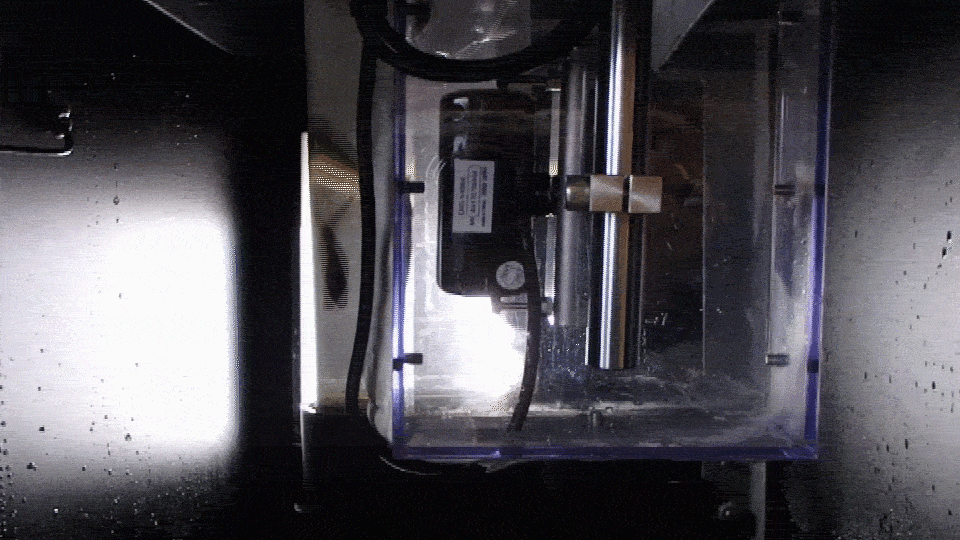
Pumped up automation: Fish farming in Japan adopts a new AI and IoT solution
Breakthrough frees skilled workers to focus on more demanding tasks
Japan’s labor-intensive fish farming sector has taken a major step toward automation with the adoption of an artificial intelligence (AI) and Internet of Things (IoT) solution that frees up highly skilled workers from a crucial, but highly time-consuming, task.
The breakthrough follows half a year of field tests at Kindai University, which plays a significant role in the national production of red sea bream – a fish known in Japanese as “Madai” that is prized by sushi and sashimi lovers both at home and abroad.
The university’s Aquaculture Research Institute hatches red sea bream and raises them to a juvenile stage, known as fingerlings. Every year, it sells around 12 million fingerlings to fish farms that grow them to adult size for the market. To meet rising demand for the delicacy, Kindai’s workers must hand sort as many as 250,000 fingerlings a day.
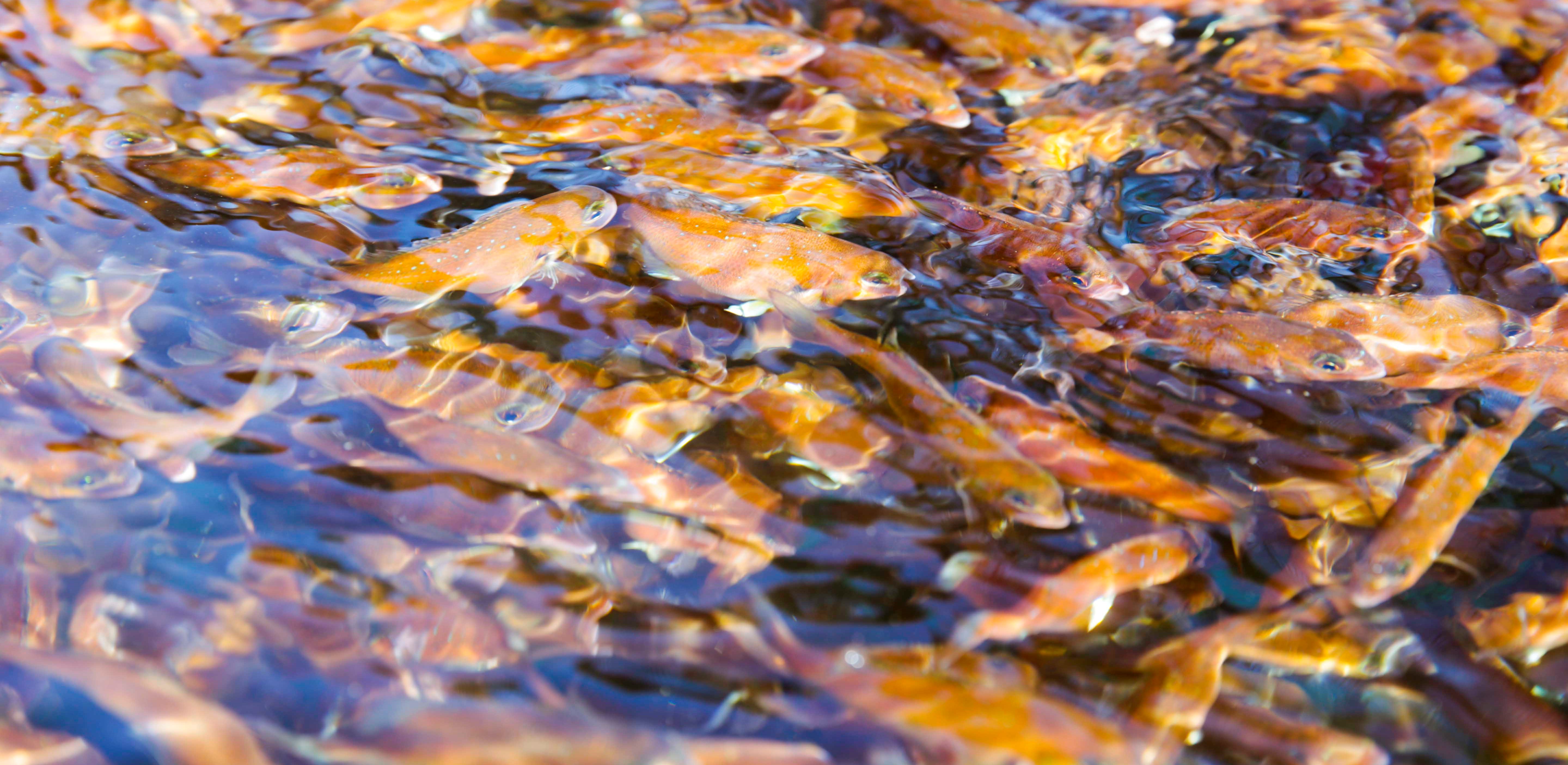
Japan’s aging demographics and other factors have made the recruitment of experienced sorters difficult, particularly when so much repetitive work is required. To counter this problem, the university approached its long-term partner company, Toyota Tsusho, which in turn brought in Microsoft Japan to help come up with ways of automating a number of processes. The aim is to relieve workers of manually intensive duties so that they can focus their valuable skills on more demanding tasks.
This latest innovation centers on software that automatically regulates the flow of water through pumps that transfer fingerlings from their pens and onto conveyor belts for sorting. IoT and AI tools continuously monitor and adjust the flows.
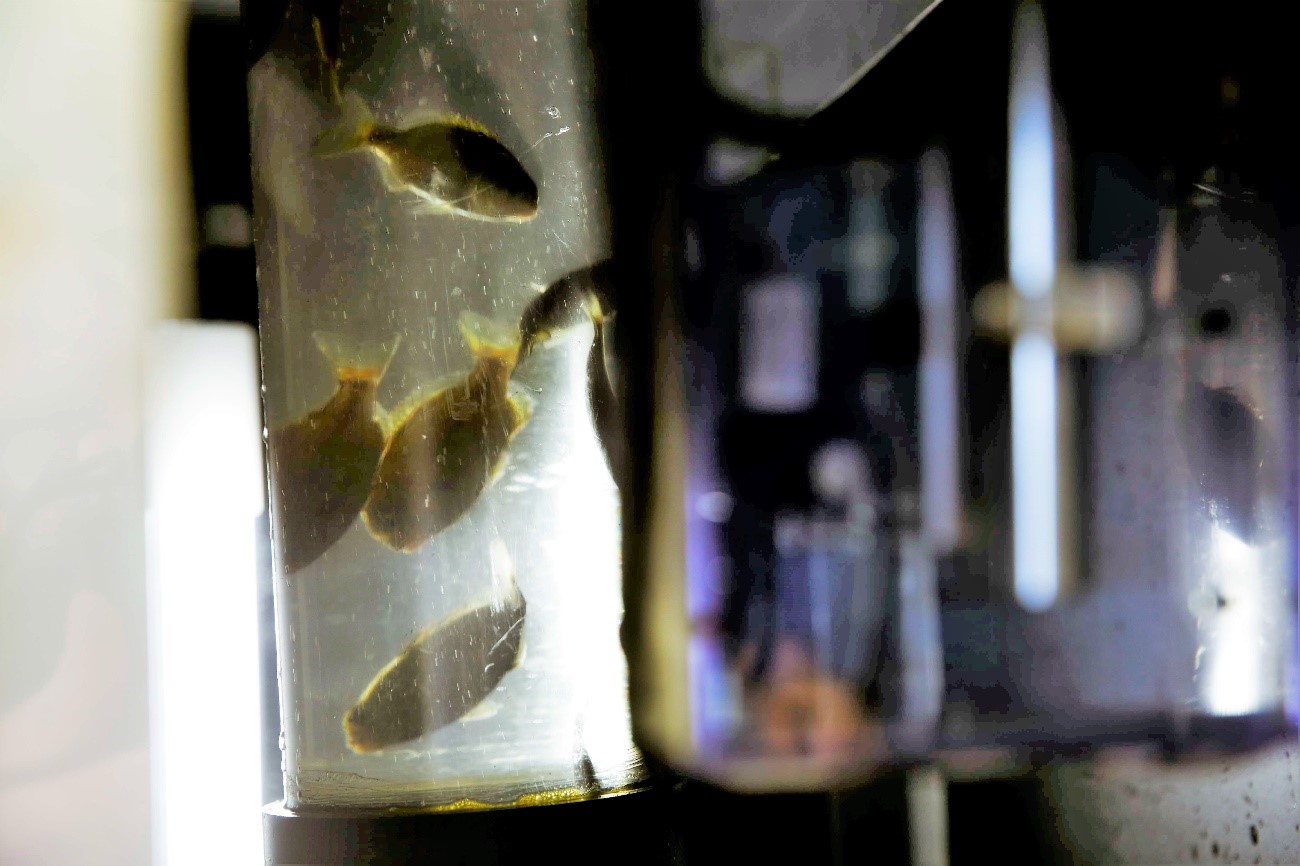
“There are three processes involved in sorting fingerlings,” explains Naoki Taniguchi, who manages the Institute’s Larval Rearing Division and is Deputy General Manager of the Aquaculture Technology and Production Center. “Firstly, we gather the fingerlings near the mouth of the pump that sucks them along with seawater from the fish pens without injuring them. To do this, we must constantly adjust the pump’s water flow to the conveyor belts. Lastly, we sort them by removing fingerlings that are too small or defective from the conveyor belts.”
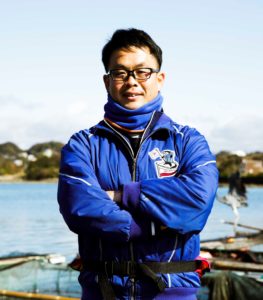
Taniguchi said adjusting the water flow from a pump is crucial.
“If the flow is too fast, too many fingerlings will make it onto the conveyor belts, and our sorting teams won’t be able to keep up, and some fish that should be removed will be missed. If the flow is too slow, too few fingerlings will be sorted, and production will fall short. Until now, it’s been a process entrusted only to a few operators with sufficient experience.”
The new automated transfer system was created with Microsoft Azure Machine Learning Studio using image analysis technology that recognizes the changing ratio of fish shapes and vacant areas within a pump’s pipes. From this, the system machine-learned how expert human operators adjust flows optimally.
Field tests started last year, and within six months the system achieved the same flow control results as an operator.
Taniguchi said employees, who often used to spend their whole working day just adjusting water flows, are now able to devote their time to applying their rich experience in streamlining other fish farming processes. They will also be able to pass on their technical knowledge to a new generation of aquaculture specialists.
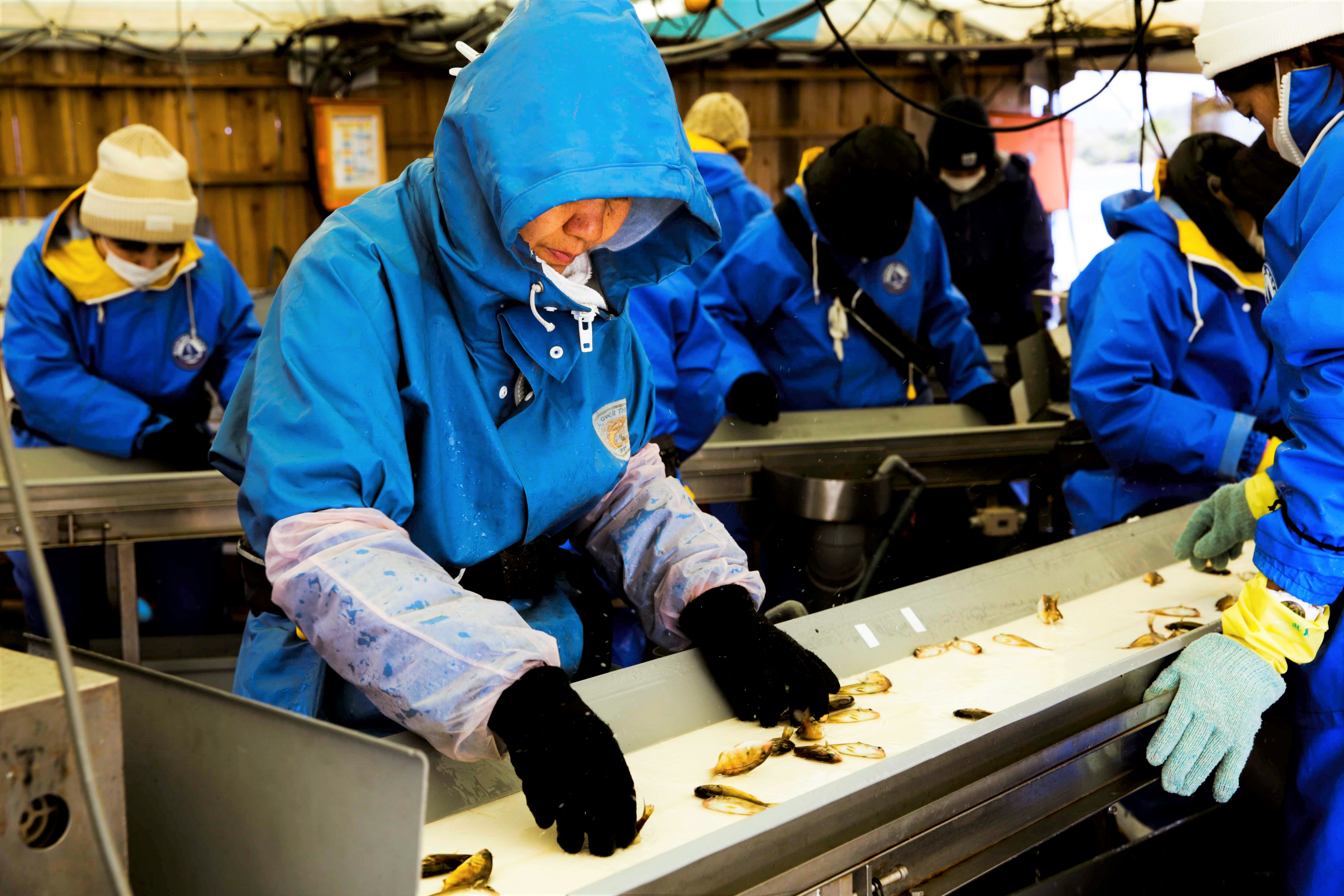
He hopes greater automation will make jobs in the sector more attractive to younger workers looking to build careers.
“Japan’s fishing industry employs about 150,000 people. But 80 percent of them are more than 40 years old. It is vital that we attract young people to the industry,” he said. “This automatic transfer system is just the beginning of our journey. Ultimately, we aim to automate the sorting process itself as well.”
READ MORE: AI and fish farming: High-tech help for a sushi and sashimi favorite in Japan













